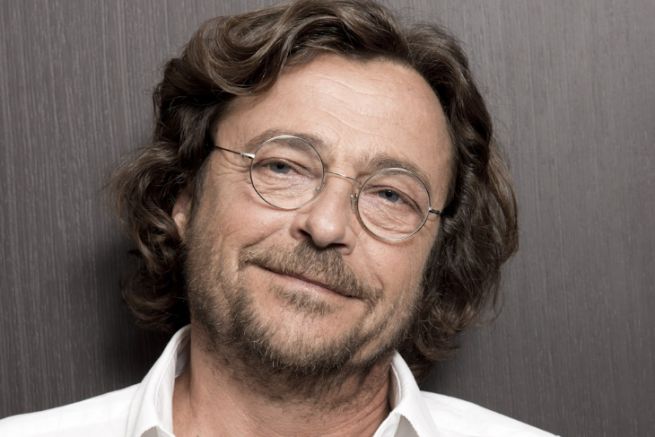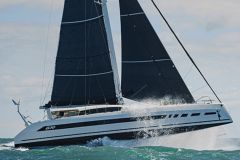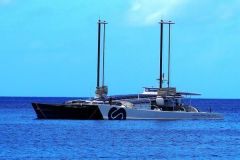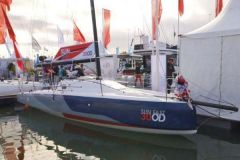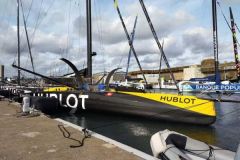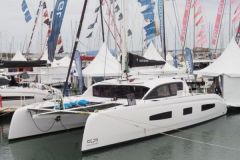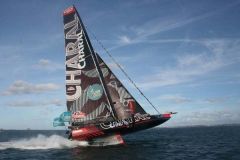A job of humility and listening
Being a naval architect isn't just about knowing how to draw. You also have to be attentive to trends and clients, and know how to mix the technical and the human.
"It's a job of innovation, curiosity, humility, a little in all areas. We've always reinvested what we earned from cruising to develop the race and vice-versa. To have better tools, to have talented engineers, to be better, to bring more to our customers, while being perfectly aware - and that's the beauty of this business - that it's a complicated business. The sea is an interface between two fluids, it's complicated. Today, we are better at modelling things. Everything changes all the time, so you have to be very humble.
Listening is very important. When someone comes to you with a race boat or cruise ship project, it is very important to understand what is being said or not said, especially for a cruise ship.
Some people have very thoughtful specifications, but contradictory things. Our latest client's dream is to take his grandchildren sailing and have them all gather around a chart table."
An evolution of the profession through technology
It was by hand that Marc Van Peteghem designed his first boats, using the few tools at his disposal at the time. Today, the profession has evolved a lot with the development of computer technology in particular.
"There's a lot of things I'm really passionate about. From a technical point of view at the beginning it was quite exciting because we had nothing. We started with the calculator, the planimeter... We drew the shape plans by hand. It was back when we used the sextant to navigate. I used it a lot on my navigations, especially in deckchairs.
Today, we have people at the agency who are extremely competent, brilliant, who have knowledge, software... And when we don't have the right software, we develop it.
We used to do all our calculations by hand and today, technically I'm totally overwhelmed. I understand what we're doing, but I can't do it. It's a good thing things are moving forward like this. This technical part of it has certainly fascinated me.
When thinking about hull shapes, we used to rely on intuition. We didn't have much in the way of tools. We had long discussions with the skippers, we were much more able to navigate the boats, check our intuitions and/or validate them, we translated that into shape through the design, the model. It's not like that at all today."
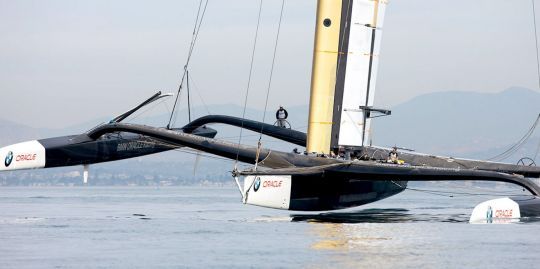
Design and sustainable development
Finally, Marc is refocusing his interest on boat design. We're not talking about design in terms of decoration, but rather the first meaning of the word design: the conception of a project by putting man at the heart of the process.
"It's 90% analysis, reflection. You have to understand how it works, how to use things. There's an element of magic, of drawing and aesthetics. It's really about how things work, not what they look like. I'm interested because it's about why buy a boat, what kind of experience, what part of rêve??"
Marc also has a strong interest in sustainable development. Father of 5 children, he worries about the world he will leave them. Neither pessimistic nor optimistic, he has decided to play an active role on this subject.
"When you're in a storm, you're not a spectator, you're agit?!"
He is therefore interested in eco-design and new materials. He keeps abreast of what is developing and how it can be integrated into the boat. In particular by transferring what has been developed for the world of ocean racing.
"BMW Oracle, designed for the 2010 America's Cup, had a giant 70-metre high wing. Why can't we make a wing that can be lowered to decarbonize the transport maritime?? It took us a while to get there. Six years ago, we developed a prototype, partly funded by ADEME (Agence de la transition écologique) which showed that the solution we had thought of worked."
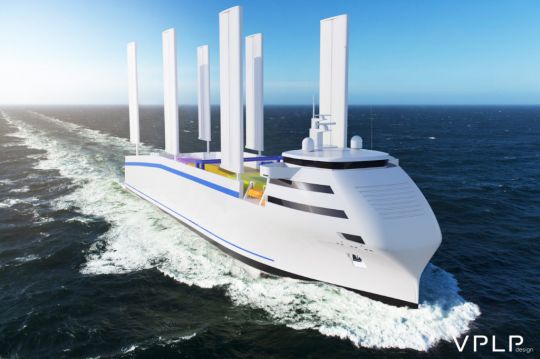
Always with this in mind, VPLP has equipped the catamaran Energy Observer with two wings that give complete satisfaction. They also responded to the ArianeGroup's call for tenders to transport the Ariane 6 rocket from Amsterdam to Kourou, French Guiana.
"They didn't understand why we were bidding on it. They were just looking for a transportation contract. We looked in detail at what the constraints were. We developed a boat with four 360 m2 wings on deck. We analyzed the fuel savings and the carbon emissions savings and we entrusted this project to shipowners.
The Alizés company, a joint venture between Jifmar Offshore Service and Zéphy & Borée, defended this proposal. We finally won the tender and the construction begins. VPLP designed the concept, but we set up a different company - Ayro - to develop the wings.
We're also thinking about moving the foils to speedboats, which would consume a lot less."
